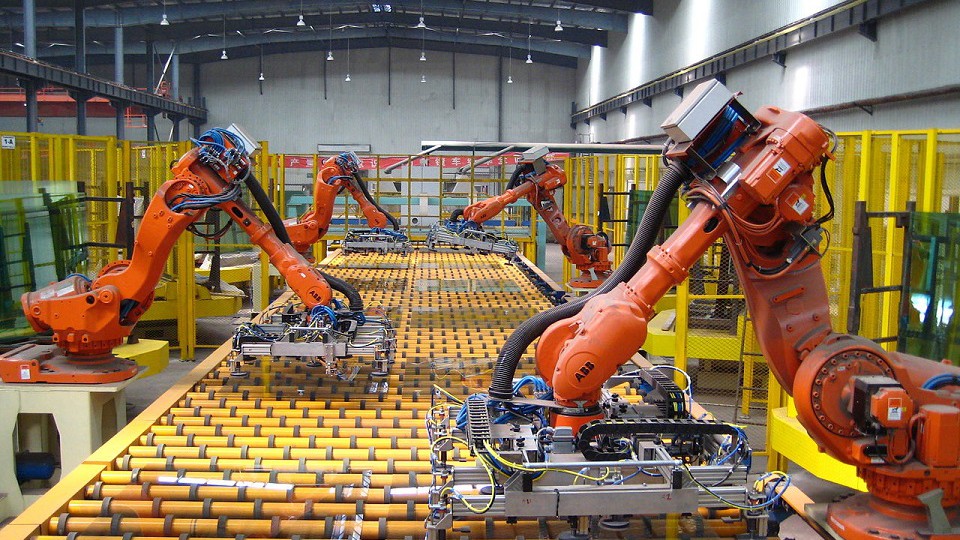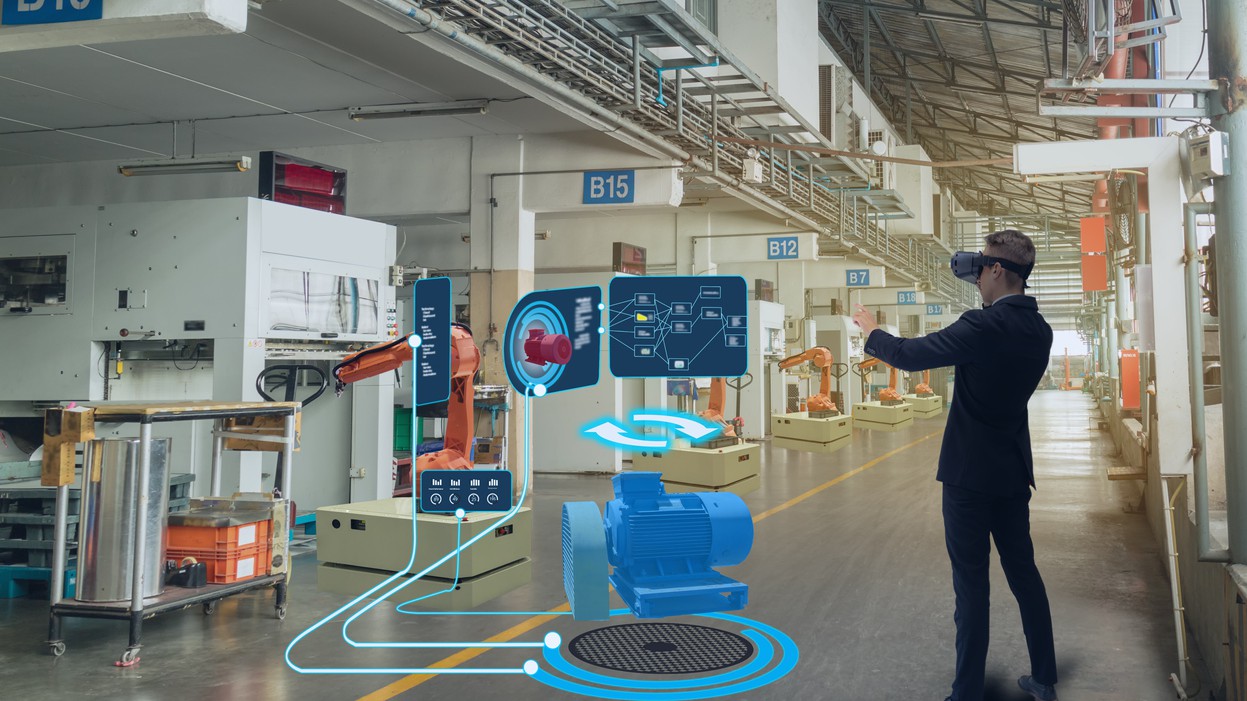You’re scanning inventory with your industrial tablet and its built-in RFID reader when the lights go out in the warehouse. You curse softly as you reach for your phone; this is the third blackout this month, and it’s not even summertime yet. Why aren’t the power companies doing something about these outages?
They actually are. We cover the solution – smart grids – and how they bring digital technology to an increasingly aged power grid.
What is a Smart Grid and How Does It Work?
Article Guide
A smart grid is a power network that uses numerous digital technologies to better match electricity supply and demand in real time. Much of this is automated with no need for human intervention.
The current US power grid was created in the late 1880s and early 1900s. It has undergone significant changes since then and sprawls across the country with transmission lines, power generators, transformers, consumers, and other components.
Unfortunately, It suffers several issues. Parts nearing the end of their life cycle to become more susceptible to power transmission failures are a couple of the major ones.
Smart grids look to deal with those issues and more. They do so through modern digital technologies: connected meters, smart appliances, sensors, Internet of Things (IoT), etc. Smart grids use these to:
- Constantly measure the status of different parts of the grid.
- Sense slight imbalances faster.
- Constantly measure the quality of different parts of the grid.
- Make automatic adjustments to maximize efficiency.
Benefits of a Smart Grid
The following are some of the reasons power companies are increasingly looking into smart grid technologies:
Greater grid reliability
No one likes power outages. This is especially true in modern civilization and its reliance on electronics. To reduce the frequency and duration of those outages, smart grids use advanced sensors to look for and identify any problems, and automation technology responds promptly to nip them in the bud.
Improved efficiency
A smart grid allows for real-time monitoring and control of electricity usage thanks to two-way electricity monitoring, like through industrial mini PCs. Energy companies can use this ability in several ways to improve efficiency. For example, they could recommend customers power down idle devices like a printer or home office computer during peak usage during the day. Or they may outright automate the process and switch customers to a local microgrid for power. This reduces stresses to the current grid either way.
These measures and more help reduce the chance of power outages as well as the need to build additional (and costly) power plants or support components.
Better DER integration
Many countries are looking to add or even switch to smart renewables, aka clean energy derived from wind and solar to their power grid. Such power is called renewable energy and distributed energy resources (DERs).
Unfortunately, the varying nature of these sources can put a strain on current power networks. Thanks to its use of Internet of Things, a smart grid can sense these potentially wide swings in power from DERs and adjust accordingly.
Smart grid security
Electricity theft is the illegal act of stealing electricity from power companies. Methods range from tampering with the energy meter to “cable hooking,” where someone taps the powerline before it reaches the meter. Smart meters can examine power flows and notify utility companies of odd readings that may indicate theft.
Power companies are also prime targets for cyber attacks, and many are woefully unprotected from them. Smart grids use the latest in advanced cybersecurity measures to provide enhanced protection.
Greater customer involvement
Smart grids gather enormous amounts of data. Utility companies can provide it to businesses and homeowners along with how to effectively manage their energy consumption. This empowers them to make more informed decisions about energy usage, costs, and billing.
Fewer utility employees, predictive analytics for grid maintenance, and Industry 4.0 advantages like sustainability are other benefits of smart grids.
Smart Grid Market
The heavily regulated power utility sector is keen to find ways to upgrade to smart grids.
Power companies and the US Department of Energy (DOE) invested 8 billion into funds to modernize the electric power grid. Through the American Recovery and Reinvestment Act of 2009, the DOE put in an additional 4.5 million.
In 2022, smart grid technology was estimated to be worth almost 50 billion dollars. The Compound-Annual Growth Rate (CAGR) of the market is expected to be 17.4 percent until 2028 when it’ll be worth roughly 130 billion.
Closing Thoughts
Today’s technological society demands power, and that’s straining the current electric grid. A smart grid looks to resolve that issue through digitalization technologies and others like making the environment more green.
If you’re interested in the many benefits smart grids can bring to your power utility company or microgrid, contact an expert here at Cybernet. They’ll be happy to go over how industrial computers are best for your move to the next generation of power delivery.
Industrial Computers Are Revolutionizing Smart Factories
August 9, 2018
A revolution is underway in the industrial sector. Smart factories – automated facilities aimed at eliminating human error – are replacing their more traditional counterparts and expanding rapidly in the process. A…
0 Comments8 Minutes
Smart Factories and Their Use of Industrial Computers
March 9, 2021
With the advent of Industry 4.0, traditional factories are becoming obsolete. Though factories are no stranger to automation, advancements in industrial computers, artificial intelligence, IoT (Internet of Things),…
0 Comments11 Minutes
You Can't
Learn from a Pop-up
But we can deliver knowledge to your inbox!
We dive deep in the industry looking for new trends, technology, news, and updates. We're happy to share them with you.
Knowledge, News, and Industry Updates Right in Your Inbox




